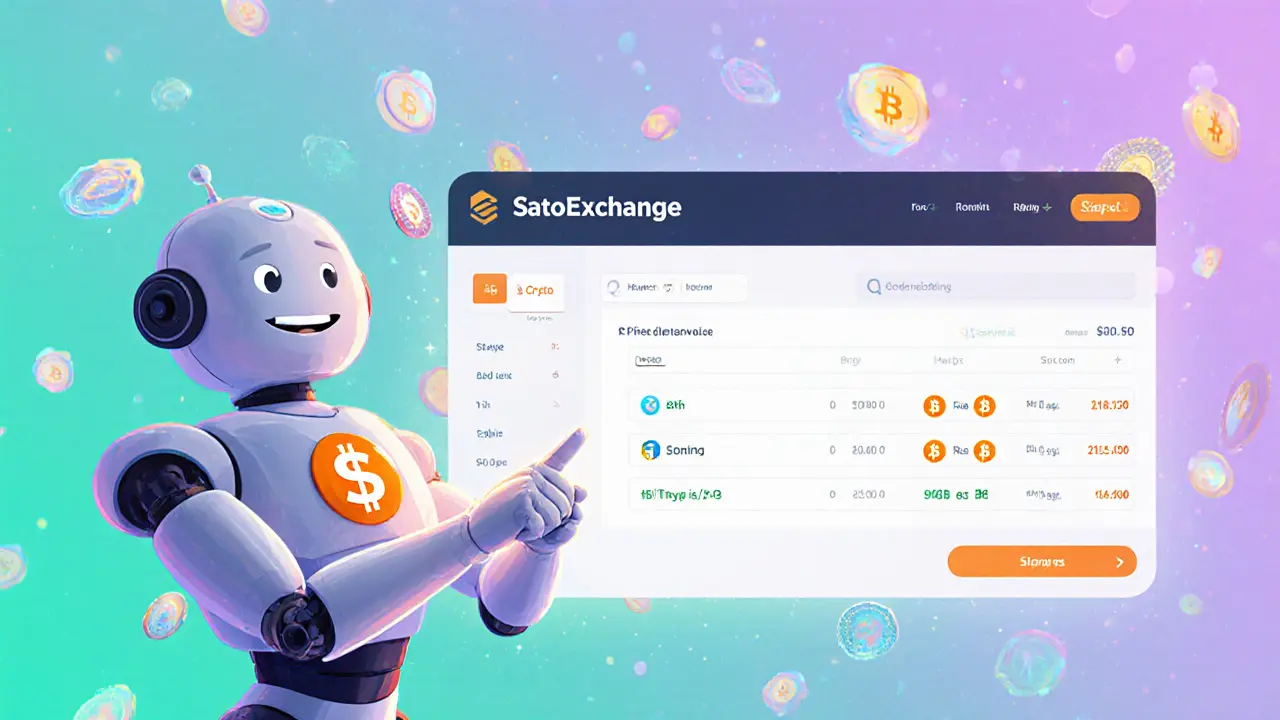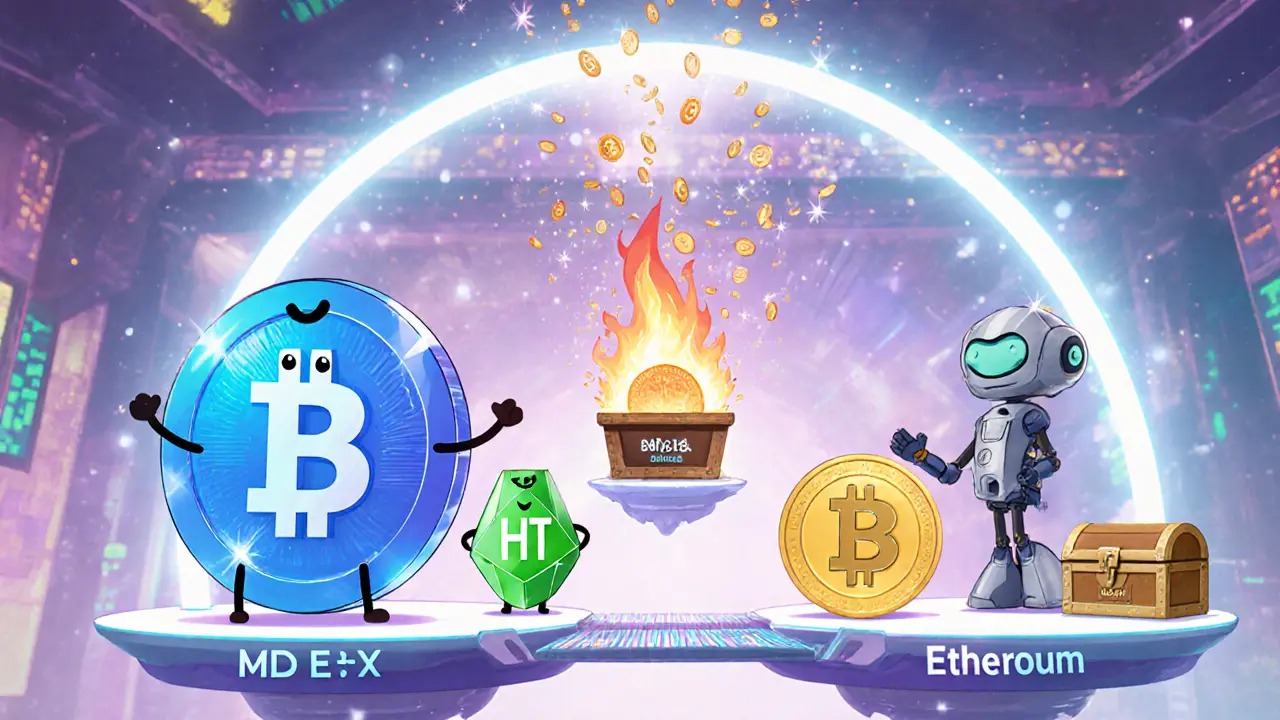Decentralized Exchange (DEX) Overview
When talking about decentralized exchange, a platform that lets users trade crypto assets directly from their wallets without a central intermediary. Also known as DEX, it relies on smart contracts to match orders, secure funds, and settle trades on‑chain. A DEX encompasses liquidity pool, a collection of tokens that traders can draw from, enabling instant swaps without an order book. This structure means users keep control of private keys, reducing custodial risk while still accessing a full market of tokens.
Those liquidity pools are managed by an automated market maker, a set of algorithms that price assets based on the ratio of tokens in the pool. The AMM model replaces traditional order matching with a formula—most often the constant product formula x·y=k—so that each trade automatically adjusts prices. Key attributes of an AMM include its fee tier (usually 0.2‑0.3% per swap), slippage behavior, and support for multi‑asset pools. For traders, the benefit is speed: a swap finalizes in a single transaction, and for liquidity providers, the reward comes from a share of those fees plus any native incentive tokens the protocol may issue.
Governance Tokens and the Regulatory Landscape
Many DEXs issue a governance token, giving holders a say in protocol upgrades, fee structures, and new feature rollouts. These tokens often have on‑chain voting rights and can be staked to earn additional yields, aligning user interests with platform growth. Governance tokens also act as a signal of community health: higher distribution suggests broader participation, while concentrated holdings may raise centralization concerns. As regulators worldwide tighten rules around crypto trading, DEXs face scrutiny over anti‑money‑laundering (AML) compliance and user protection. Recent reports show that exchange‑level regulations affect trading volume, prompting DEXs to adopt optional KYC layers or integrate compliance tools without compromising their core permissionless nature.
Below you’ll find a hand‑picked collection of articles that dive deeper into DEX mechanics, compare specific platforms, explore tokenomics, and break down the latest regulatory developments. Whether you’re a trader looking for the best swap rates, a liquidity provider hunting optimal fee tiers, or a developer building the next AMM, these resources give you the practical context you need to navigate the decentralized exchange ecosystem.
SatoExchange Review: In‑Depth Look at Fees, Tokens, and User Experience
A concise, up‑to‑date review of SatoExchange covering fees, token details, security, user sentiment and whether it fits beginners or seasoned crypto traders.
How Decentralized Exchanges (DEXs) Work Without Intermediaries
Learn how decentralized exchanges (DEXs) trade crypto without custodians, covering AMMs, order‑book DEXs, aggregators, fees, risks, and future trends.
- 21
- Read More
Radar Relay Crypto Exchange Review - What You Need to Know
An in‑depth Radar Relay crypto exchange review covering its tech, fees, liquidity, user experience, competition, current status and whether it still works.
- 13
- Read More
MDEX Crypto Exchange Review 2025: Features, Risks & How It Stacks Up
A thorough 2025 review of MDEX crypto exchange covering features, dual mining, security warnings, wallet setup, and how it compares to top DEXs.
- 19
- Read More



